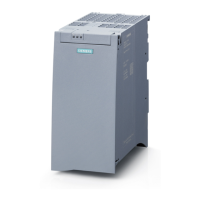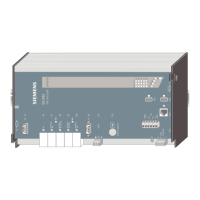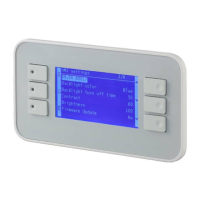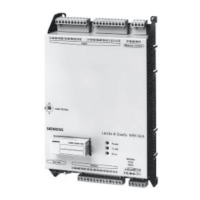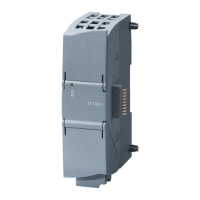5 "Measuring Input” Technology Object
5.2 Fields of application
TOs of S7-1500(T)
Entry ID: 109743134, V1.0, 05/2017
Siemens AG 2017 All rights reserved
Measurement of both edges of the switching signal
For this measurement function it can be additionally be configured with what
edge of the switching signal the measurement is to be started.
This is why this measurement function can be especially used for the length or
distance measurement of passing through objects.
The measurements can be influenced from the user program using the following
PLCopen functions:
"MC_MeasuringInput”
A measurement is carried out once on the configured axis. As soon as the
measurement has taken place, the function is terminated and the measured
value is provided to the user program at the output of the PLCopen function.
"MC_MeasuringInputCyclic”
The instruction corresponds to the "MC_MeasuringInput" measuring function,
with the difference that the measurement is not automatically terminated once
the switching signal has been detected, but that it remains active. It has to be
made sure in the user program that the measured values output are saved and
evaluated after the detection, before they are overwritten again by new
measured values.
"MC_AbortMeasuringInput”
Via this instruction the two above mentioned functions can be stopped again,
for example, when no measured value has been acquired yet or the continuous
detection is to be terminated.
A measuring input can also be used on a virtual axis, for example, in order to
detect the current position of a virtual axis to an external signal.
However, this functionality can only be used via the following detection functions
of the switching signals:
Using TM Timer DIDQ
Using SINAMICS measuring inputs
However, please note that the setpoint position for virtual axes may not always
match the actual position of the axis.
5.2 Fields of application
The measuring input technology object is used for applications where axis
positions have to be highly-precisely detected on the basis of external signals, for
example, print marks.
In doing so, the axis position of a virtual or real axis or the position of an external
encoder can be exactly detected.

